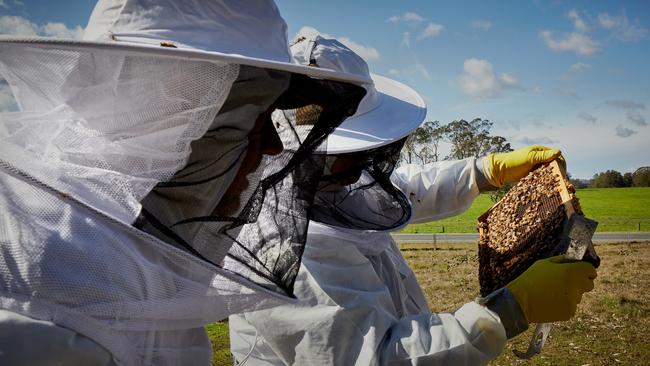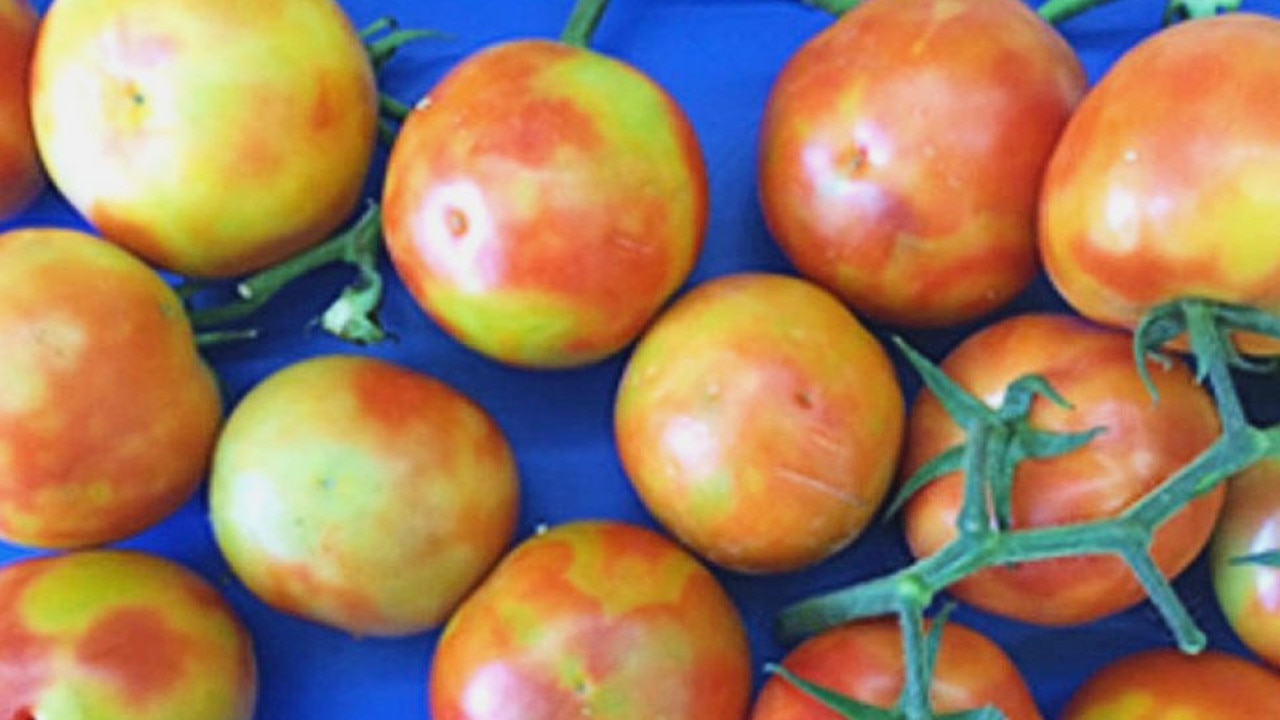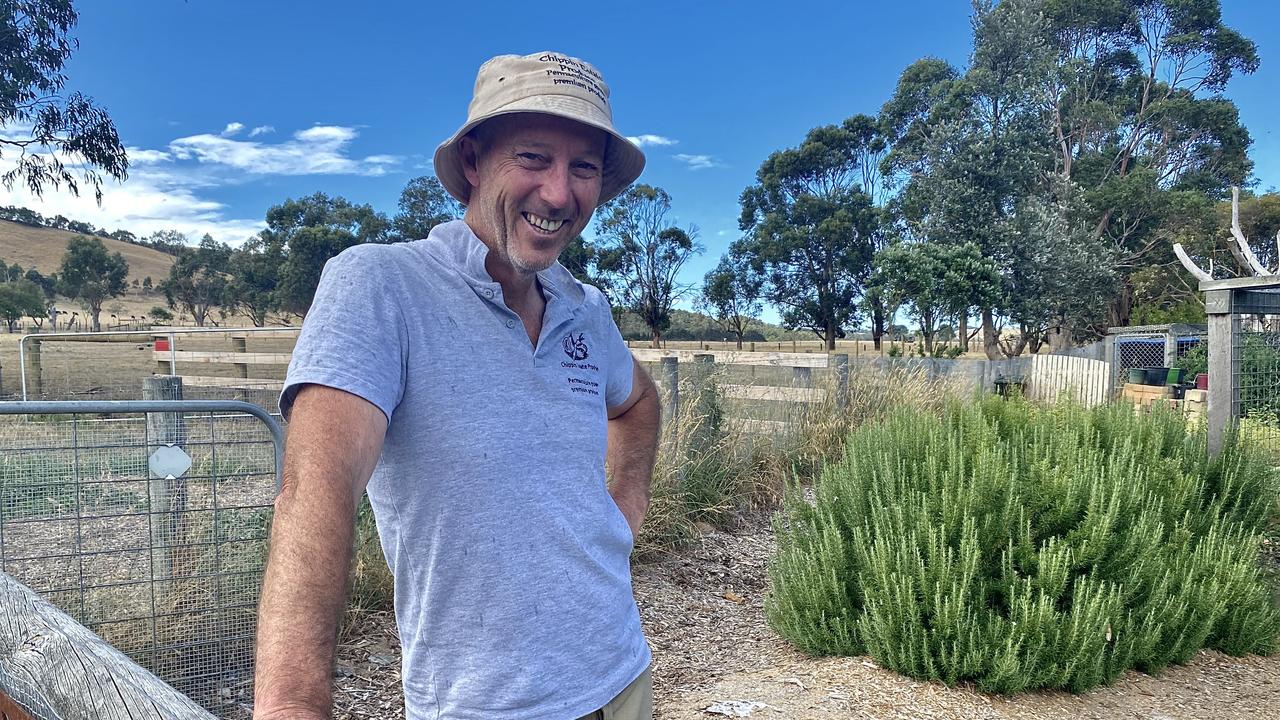Varroa mite: Class action as producers chase fair compensation
A class-action lawsuit is in the works as devastated beekeepers try to rebuild following Varroa mite-induced hive destruction.

Lawyers representing recreational and commercial beekeepers in NSW are “advancing rapidly” towards bringing class action proceedings against federal and state authorities following wholesale destruction of hives in the wake of the 2022 Varroa mite outbreak.
It comes as the NSW Department of Primary Industries lists the number of infested properties associated with the present outbreak at 246.
A legal bulletin by solicitors Levitt Robinson, seen by The Weekly Times, states the class action will focus on compensation for producers who have had hives and bees destroyed by governing bodies.
“Beekeepers continue to live in fear of being stung – by government, not by bees,” according to the bulletin.
NSW beekeeper Dolfi Benesh said the class action would help producers recoup costs after the destruction of their hives in the past year.
With an average of 240 hives, Mr Benesh lost all of his bees when his hives were destroyed in November 2022, and again in May this year.
“My bees were killed after a long process, I tried to get an injunction, but it was more expensive than going for a class action,” Mr Benesh said.

“I had a turnover of $500,000 last year according to my tax return. I got $30,000 in compensation. That gives me about 5 per cent compensation, out of turnover of one year and it’s supposed to cover me for three years.”
Hives and bees located within the 10km ‘red’ eradication zones are to be euthanised.
However, according to the DPI, beekeepers with hives within the Eradication Emergency (red) and Surveillance Emergency (purple) zones of Euston, Euroley, Nericon and Balranald in the Riverina and Sunraysia areas fall under different rules.
The DPI states hives in a red zone within 3km of infected premises cannot be moved, but hives within the 10km zone but no closer than 3km to an infested premises may be moved within the eradication zone.
Save the Bees chief executive Simon Mulvany said the eradication method was “never going to work”, with too many hives having been migratory in recent years, with many beekeepers “devastated” by the outbreak.
“At the start, if they were going to be able to get eradication to work a hive standstill should have been in place,” Mr Mulvany said.





